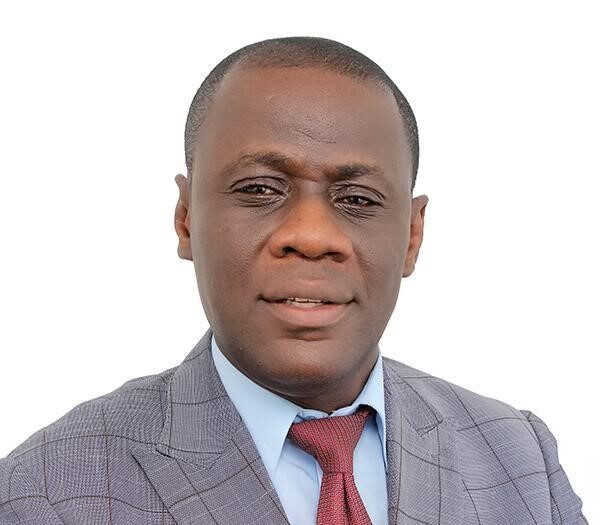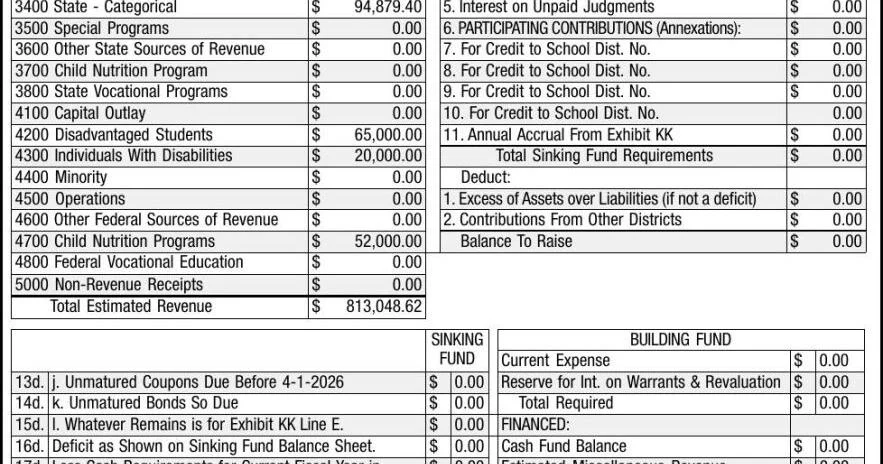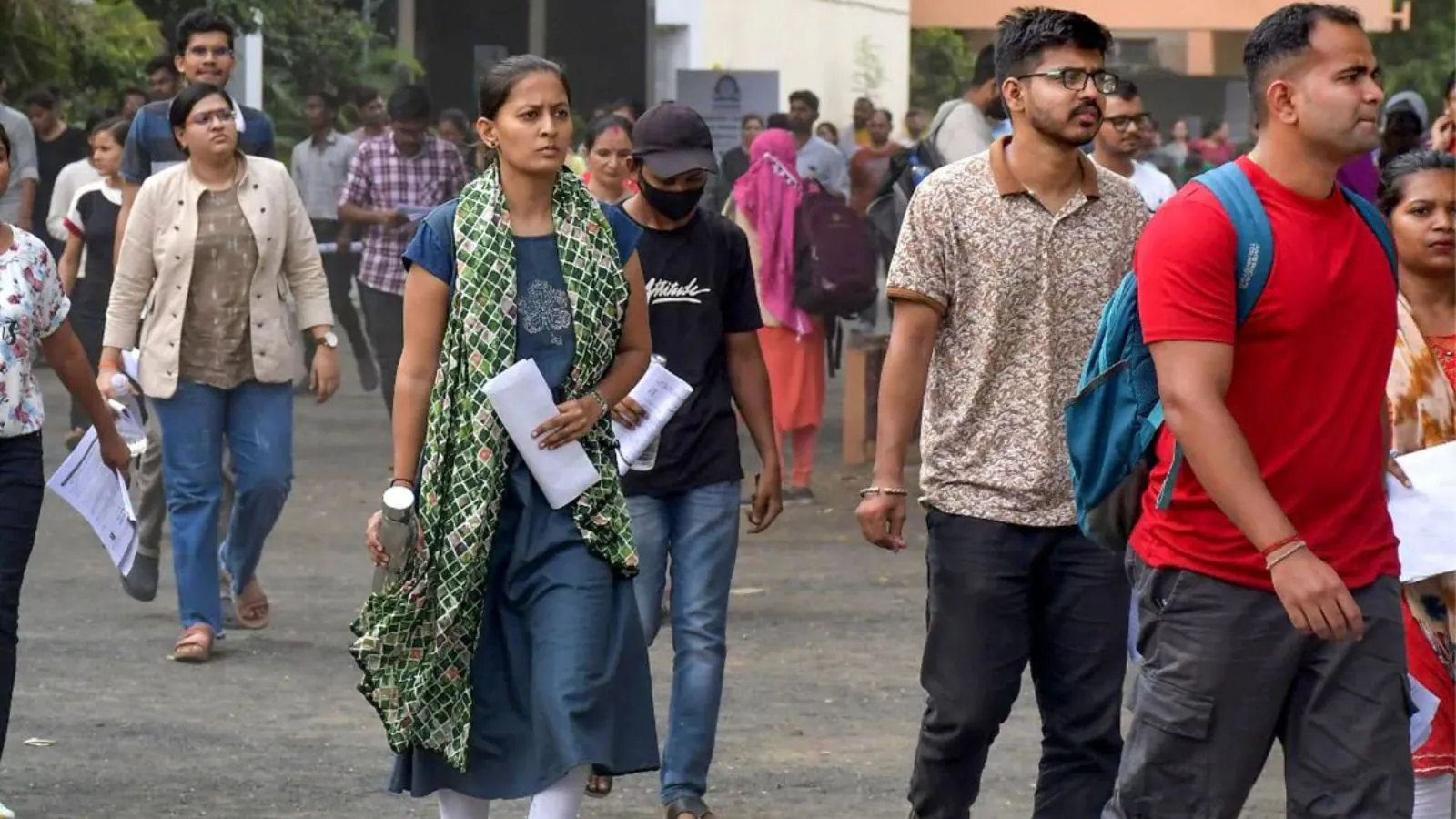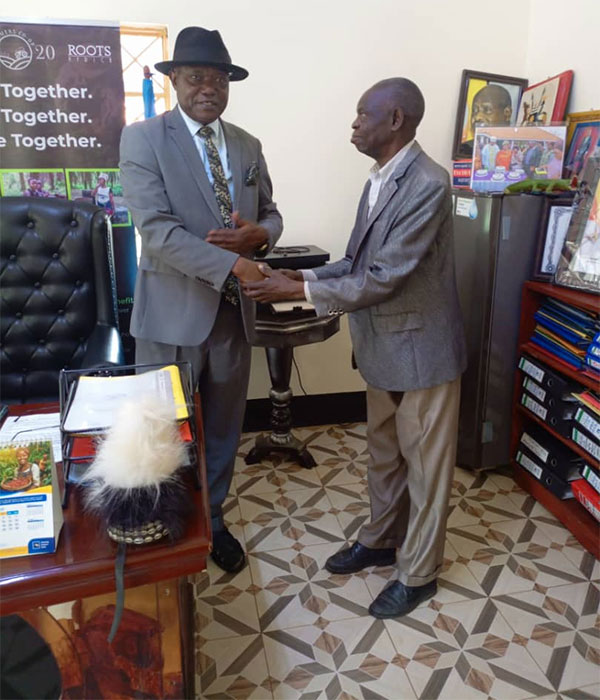Driving in the night without headlights: How Ghana Education Service is teaching without curricula and textbooks
By Francis
Copyright thebftonline

By Prof. Samuel Lartey
Imagine running a logistics firm at midnight with no headlights, no map, and a delivery deadline that won’t move. That is what many Ghanaian teachers have faced since the roll-out of the 2019 Standards-Based Curriculum (SBC): a system-wide reform with patchy access to the very basics, approved curricula materials and textbooks, especially at basic level.
The costs are not abstract. They show up in stalled learning, higher “learning poverty,” rising remedial costs for employers, and a generation of graduates struggling to convert schooling into productivity and wages.
What changed—and what didn’t: The 2019 curriculum shift
Ghana introduced the SBC in September 2019 to pivot from content memorization to competencies such as problem-solving, creativity, and collaboration at KG–Primary, later extending to the Common Core Programme (CCP) at JHS/SHS. This was the right reform on paper: align teaching to modern skills, re-sequence content, and embed assessment for learning. But reforms rise or fall on implementation.
The implementation bottleneck
Textbooks lagged:
Multiple reports from 2019 through 2025 document prolonged shortages of NaCCA-approved textbooks in public basic schools, years after the SBC launch. In November 2023, teachers in Upper East reported “still without textbooks” four years on; in February 2025, heads of basic schools again appealed for textbooks. UNESCO’s Ghana Spotlight note (2023) had already flagged textbook distribution as an “urgent priority.”
Teacher preparation and resourcing:
Studies across districts cite inadequate training, limited guidance, and scarce materials for SBC/CCP delivery. These gaps make continuous assessment and competency-based pedagogy difficult to sustain in real classrooms.
The scale of the challenge
This is not a niche problem. As at 2024, Ghana had 42,543 public basic schools serving 6,154,953 learners, each lesson without the right texts multiplies national learning loss.
Meanwhile, the fiscal envelope is tight. Education spending fell from about 3.7% of GDP (2019) to ~3.1–3.2% (2023–2024), below UNESCO’s 4–6% benchmark. Africa Education Watch estimates the 2024 allocation (GHS 32.7bn) equals ~3.3% of GDP, and high inflation erodes its real value. These macro realities help explain procurement and distribution delays for core learning materials.
Headlights off: Teaching without the tools
No textbooks means:
Curriculum drift.
Teachers reconstruct topics from training slides, social media groups, or old objective-based texts, fracturing fidelity to the SBC sequence and standards.
Assessment misalignment.
Competency-based tasks require graded readers, workbooks, and teacher guides. Without them, assessment reverts to recall-type tests, undermining the reform’s core promise.
Equity gap widens.
Private schools or better-resourced urban schools plug gaps faster; rural and poorer communities fall further behind. Field reports from districts like Tumu and La-Nkwantanang highlight these disparities.
The cost of darkness: Learning poverty and lifetime earnings
Ghana is not alone in a learning crisis, but the absence of core materials worsens it.
Learning poverty (share of 10-year-olds unable to read and understand a simple text) stood at ~86% in Sub-Saharan Africa in 2019, and ~70% across LMICs by 2022 (post-pandemic). Ghana’s SBC aimed to bend this curve, but implementation gaps blunt its effect.
Earnings hit:
The World Bank estimates global learning losses translate to ~6.5% lower annual future earnings per student and a drag on national income growth over the working life. Put simply: every cohort that passes through basic school without mastering foundations will earn less and produce less.
Macro stakes:
Globally, today’s students could lose US$21 trillion in lifetime earnings (17% of current global GDP) due to pandemic-amplified learning loss, a sobering heuristic for Ghana’s policymakers planning medium-term human capital.
Employers’ verdict: Skills mismatch at hiring time
By graduation, the “no-headlights” effect becomes visible to firms:
High youth joblessness despite schooling:
Ghana Statistical Service trackers show youth unemployment remains elevated. Media summaries of GSS releases for 2024–2025 report ~22–32% youth unemployment depending on age band and quarter, with youth comprising the majority of the unemployed.
TVET and soft-skills gaps:
Recent reviews emphasize employers’ difficulty finding job-ready candidates with practical exposure and soft skills, underscoring weak school-to-work transitions. UNICEF
What firms pay for:
Without strong foundations from basic and secondary school, companies absorb costs for remedial literacy/numeracy, orientation, and supervision—raising unit labor costs and lowering productivity growth.
The hidden financial ledger: What the shortages cost households and the state
Household substitution costs.
Parents purchase unapproved textbooks, photocopies, and tutoring to fill gaps—regressive out-of-pocket spending that penalizes poorer families. (UNESCO urged rapid distribution of NaCCA-approved texts precisely to reduce these inequities.)
System inefficiency.
Every year a cohort advances without mastering reading and numeracy, the system pays twice: once for the under-effective year of schooling, and again through remediation, repetition, or employer upskilling later. The development literature is clear: textbook provision is among the most cost-effective ways to raise test scores, especially when aligned to curricula and teacher training.
Budget erosion.
With education outlays at ~3.1–3.3% of GDP, below benchmarks—procurement slippages collide with inflation, trimming the real volume of learning materials reaching classrooms.
“How did we get here?”—A brief timeline
SBC introduced at KG–Primary; new textbooks and teacher guides expected to follow.
Recurrent public reporting of basic schools lacking SBC textbooks; parliamentary scrutiny and media coverage amplify concerns.
Continued appeals from school heads/associations; UNESCO and civil society call distribution “urgent”; stakeholders note training/material gaps in CCP roll-out.
What turning the headlights on looks like (practical fixes)
Close the textbook gap, fast.
Treat NaCCA-approved textbook distribution as an emergency public-goods operation with transparent procurement milestones, district-level dashboards, and penalties for slippage. (Civil society already publishes budget trackers; use them.)
Teacher guides first, then pupils’ books—at scale.
Prioritize teacher guides and scripted lesson supports to improve fidelity to SBC while full sets arrive. Evidence shows aligned, low-cost materials can move learning outcomes faster than tech-heavy fixes.
Ring-fence basics in the budget.
Restore education spending toward the 4–6% of GDP benchmark, with a protected line for learning materials and school-based continuous professional development (CPD).
Measure what matters.
Publicly report pupil-to-textbook ratios, early-grade reading benchmarks, and district SBC fidelity indicators alongside EMIS access metrics. (EMIS digitalization is underway, use it to track learning quality, not just enrollment.)
Bridge school-to-work.
Expand Workplace Experience Learning and modern apprenticeships, keyed to employer-defined competencies, so graduates convert schooling into productivity more quickly.
Curriculum reform without books is like driving in the night without headlights: forward motion with unacceptable risk. Ghana has the blueprint, the Standards-Based Curriculum and the Common Core Programme plus millions of determined teachers and learners. What’s missing is delivery on the basics.
Every teacher guide and every pupil textbook in every classroom, supported by steady CPD and measured by transparent learning metrics. The financial calculus is stark. Under-resourced classrooms today become lower lifetime earnings tomorrow and slower productivity growth for the economy. Turning the headlights on is not a luxury; it is the cheapest way to arrive at the destination we promised in 2019: Ghanaian graduates who can read, reason, solve, and thrive in business and society.



